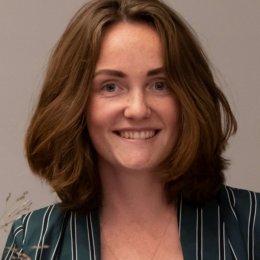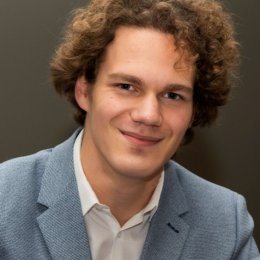You have a lot of freedom in customising your Master’s in Biomedical Engineering.
Within the Master’s in Biomedical Engineering (BME), you will build your expertise within one of the five specialisations. In addition, you can tailor your Master’s with elective courses that suit your interests and ambitions. This freedom in customising your programme will help you to become the biomedical engineer you wish to be.
How to compose your Master’s
What your curriculum looks like, depends on the choices you make in composing your Master’s. There are three steps in doing so.
Step 1: Choose a specialisation Before you start with this Master's, you need to choose a specialisation, in order to build expertise within a specific domain in the field of Biomedical Engineering. This Master’s has five specialisations:
Step 2: Compose your study programme Once you have chosen your specialisation, it is time to think about what the rest of your curriculum should look like. This starts with considering which research group you want to graduate in. Based on this, you will compose your study programme, in order to prepare well for your final thesis.
Next to some compulsory courses, which depend on the specialisation you choose, you have a great deal of freedom in choosing elective courses, as long as you comply with the assumed previous knowledge. You can even choose courses beyond the Master’s in Biomedical Engineering. Think, for example, of the Master’s in Nanotechnology, Applied Physics, Chemical Science & Engineering, Interaction Technology, Industrial Design Engineering, or even Psychology!
In order to come up with a coherent study programme that prepares you well for your final thesis, you will compose your set of electives in close consultation with your teacher(s). Throughout the whole curriculum, you keep the opportunity to make changes in your curriculum. However, your choices do need the approval of the examination board.
Are you curious about the electives you can follow? Choose a specialisation and find out!
Step 3: Find an internship In your second year, you will do an internship to gain practical experience. There are many options open to you when it comes to choosing your internship. Find out more about internships by choosing a specialisation.
Master’s structure
During your Master’s in Biomedical Engineering (BME), you will collect a total of 120 EC within two years.
European Credit Transfer System
Student workload at Dutch universities is expressed in EC, also named ECTS (European Credit Transfer and Accumulation System), which is widely used throughout the European Union. In the Netherlands, each credit represents 28 hours of work.
Below, you can find the general structure of this Master’s. Which exact courses you will follow at what moment of your Master’s, depends on the choices you make as well as the starting date of your Master’s.
First year |
Compulsory courses | Each specialisation has its own set of compulsory courses. Choose a specialisation and find out which ones. |
Elective courses | Each specialisation has considerable elective space in which you can choose specific courses of your interest, both of the Master’s in BME as well as other master’s at UT. |
Second year |
Internship | In the first quartile, you will do an internship (15 EC), as preparation for the professional field. |
Master’s thesis | In the final three quartiles, you will join a research group to complete your master’s thesis (45 EC). |
Whatever
question you have
about your application, our genius chatbot
Sam is available to you 24/7. Students say that they profit from a chat with our digital assistant. Give it a try or check the
deadlines yourself.




